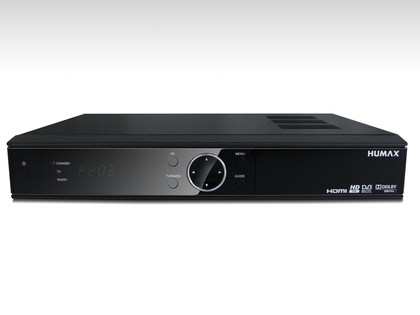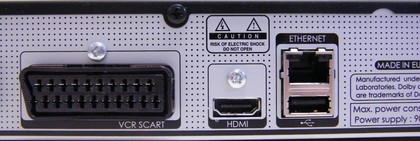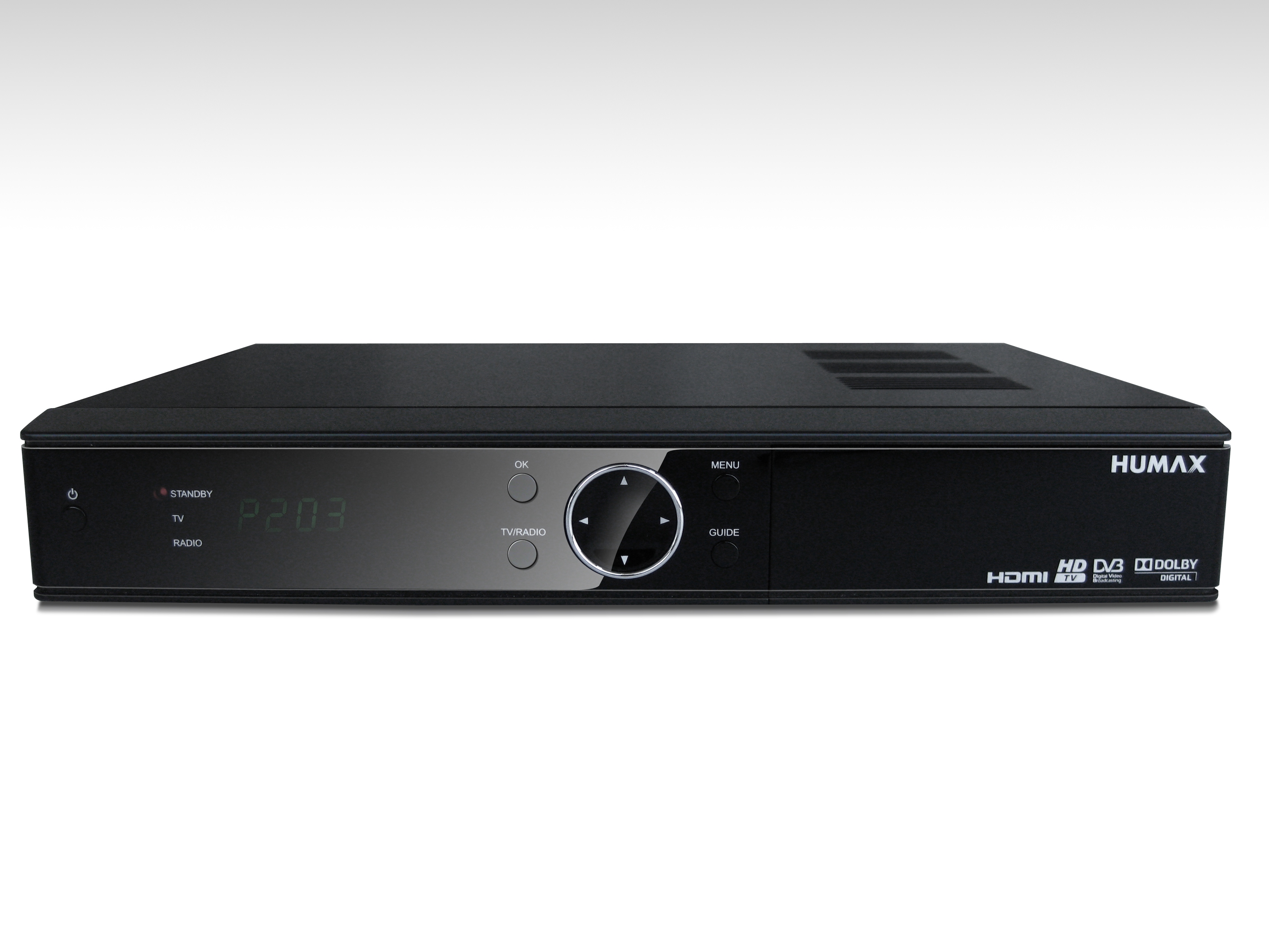Why you can trust TechRadar

Down to the nitty gritty though, performance. As part of the set-up process, you get to choose the output picture resolution, and that means all video will be up- (or down-) scaled to your specification.
That's mostly of benefit to standard definition broadcasts, the mainstay of British TV at present. The SD images are therefore, once upconverted to 1080p, excellent on the HD-Fox T2.
They still exhibit signs of digital transmission artefacting - that's unavoidable as blocking and picture noise generally come from source and depend on the bitrates being used by the specific broadcaster - but are smoother and retain colour better than most general DVB-T tuners.
The upscaling also works on the 1080i broadcast images of the two HD channels currently available.
However, the leap from interlaced to progressive rendering is unnoticeable. What is noticeable, is that there is visibly a touch more noise in the hi-def images on BBC HD than on rival pay-TV services, such as Sky and Virgin Media.

ITV HD is presented as a simulcast channel here for the very first time - it's only a red-button service on Freesat.
HDMI connectivity has an extra benefit, other than for feeding HD pictures, the HD-Fox T2's audio is precise and warm. And, when utilised by the specific channels, it is capable of feeding an AV receiver Dolby Digital 5.1 sonics. That doesn't tend to happen too often, but it's very welcome when it does.
Current page: Humax HD-FOX T2: Performance
Prev Page Humax HD-FOX T2: Features Next Page Humax HD-FOX T2: Verdict